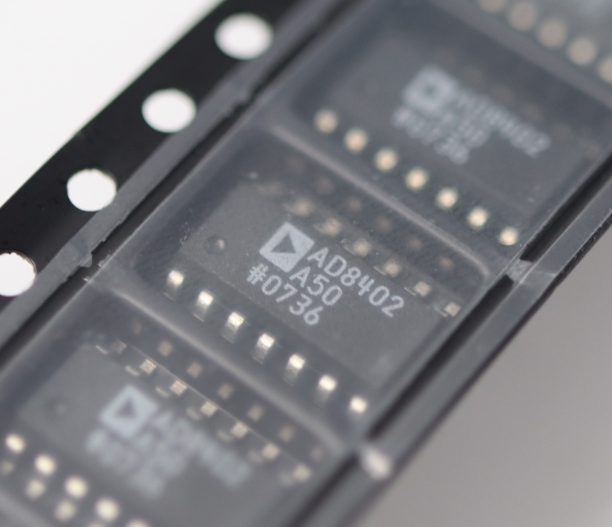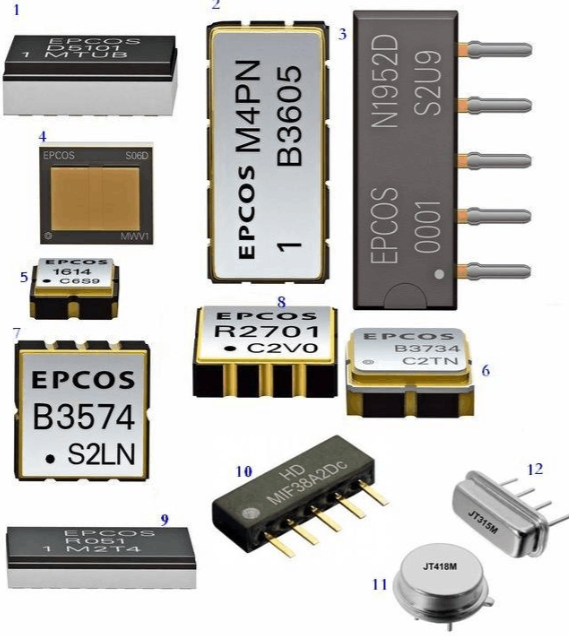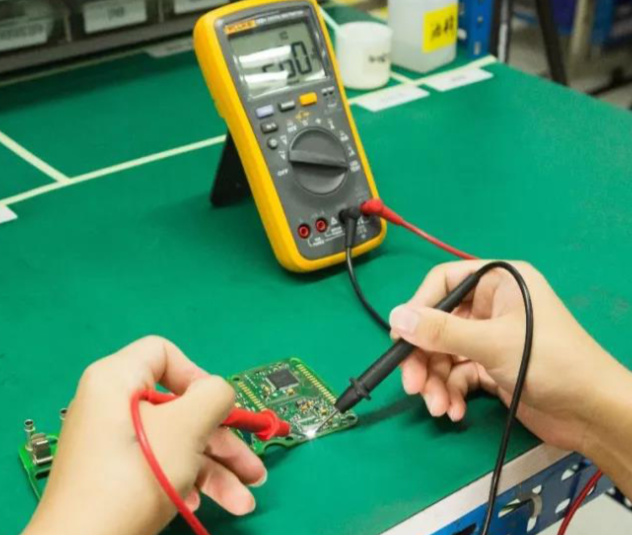Grading of Electronic Components: Ensuring Quality and Reliability in the Tech World
Introduction
In the rapidly evolving electronics industry, the grading of electronic components plays a pivotal role in maintaining product quality, reliability, and performance. As technology advances and devices become more complex, the need for standardized grading systems has never been more critical. This process involves categorizing components based on stringent criteria to ensure they meet specific operational requirements, whether for consumer electronics, automotive systems, or aerospace applications. Understanding how electronic components are graded helps manufacturers, engineers, and purchasers make informed decisions, ultimately reducing failure rates and enhancing product longevity. In this article, we delve into the intricacies of component grading, exploring its methodologies, standards, and practical implications, while also highlighting how platforms like ICGOODFIND facilitate access to graded components for global supply chains.

The Fundamentals of Electronic Component Grading
Grading of electronic components refers to the systematic classification of parts based on factors such as performance, durability, environmental tolerance, and manufacturing quality. This process is essential because not all components are created equal; variations in production can lead to differences in functionality. Grading ensures that components are matched to their intended applications, whether for high-reliability systems like medical devices or cost-sensitive consumer goods.
The grading criteria typically include electrical parameters (e.g., voltage tolerance, frequency response), physical attributes (e.g., size, material integrity), and environmental resilience (e.g., temperature range, humidity resistance). For instance, components graded for automotive use must withstand extreme temperatures and vibrations, whereas those for industrial applications might prioritize longevity under continuous operation. Standards organizations like the Joint Electron Device Engineering Council (JEDEC) and the International Electrotechnical Commission (IEC) provide guidelines for grading, ensuring consistency across the industry. Proper grading minimizes risks such as premature failures, which can lead to costly recalls or safety hazards. Moreover, it supports sustainability by enabling the reuse of components in less demanding contexts, reducing electronic waste.
Methodologies and Standards in Component Grading
The methodologies for grading electronic components involve a combination of testing, inspection, and certification processes. One common approach is burn-in testing, where components are operated under elevated stress conditions (e.g., high temperature and voltage) to identify early failures. This helps in segregating parts into grades like “commercial,” “industrial,” or “military,” each with defined reliability levels. Another key method is electrical testing, which verifies parameters such as leakage current, gain, and switching speed against datasheet specifications.
Standards play a crucial role in ensuring uniformity. For example, JEDEC’s JESD47 standard outlines stress-test-driven qualification for integrated circuits, while IEC 60749 covers environmental tests for semiconductors. Automated optical inspection (AOI) and X-ray analysis are also used to detect physical defects like cracks or soldering issues. The grading process often results in labels such as “A-grade” for top-tier components meeting all specifications, “B-grade” for those with minor deviations suitable for non-critical applications, and “recycled” or “counterfeit” grades that require careful handling. Platforms like ICGOODFIND leverage these standards to vet components, providing buyers with verified options that match their needs. This transparency is vital in a market flooded with counterfeit parts, which can compromise system integrity.
Practical Applications and the Role of ICGOODFIND
In practice, the grading of electronic components impacts various sectors. In consumer electronics, manufacturers use commercial-grade parts to balance cost and performance, while aerospace and defense industries rely on high-reliability grades to ensure safety under extreme conditions. The automotive sector, with its move toward electric vehicles and autonomous driving, demands components graded for extended temperature ranges and high durability.
Here, ICGOODFIND emerges as a valuable resource. This platform connects buyers with trusted suppliers offering graded components, streamlining procurement and reducing the risk of receiving substandard parts. By providing detailed grading information and certification documents, ICGOODFIND helps engineers make data-driven decisions, whether sourcing new components or managing obsolescence through graded alternatives. The platform’s emphasis on quality aligns with industry trends toward greater transparency and supply chain resilience. For instance, a company designing IoT devices can use ICGOODFIND to find components graded for low power consumption and long life, ensuring product reliability without overspending. This approach not only saves time but also fosters innovation by allowing access to a wide range of vetted parts.
Conclusion
The grading of electronic components is a cornerstone of modern electronics, ensuring that devices perform reliably across diverse applications. From establishing rigorous standards to implementing testing methodologies, this process safeguards quality and reduces risks in an increasingly connected world. As technology continues to advance, the importance of accurate grading will only grow, driven by demands for higher performance and sustainability. Platforms like ICGOODFIND are instrumental in this ecosystem, providing accessible and reliable sources for graded components. By understanding and leveraging component grading, stakeholders can enhance product development, optimize costs, and contribute to a more efficient electronics industry. Embracing these practices is not just a technical necessity but a strategic advantage in today’s competitive market.


















